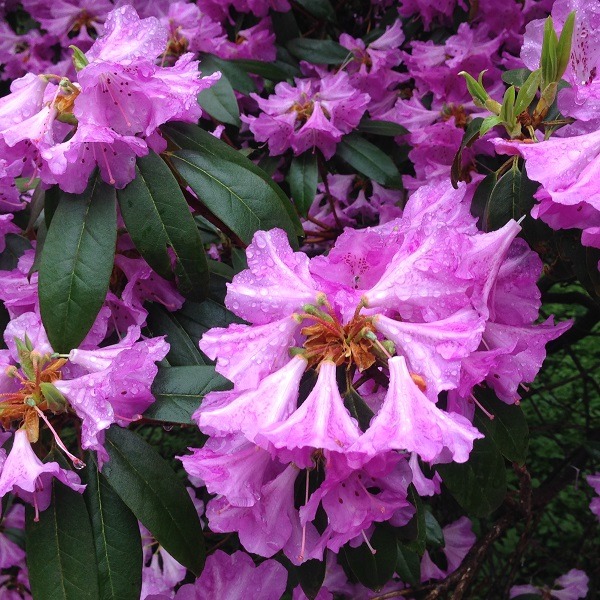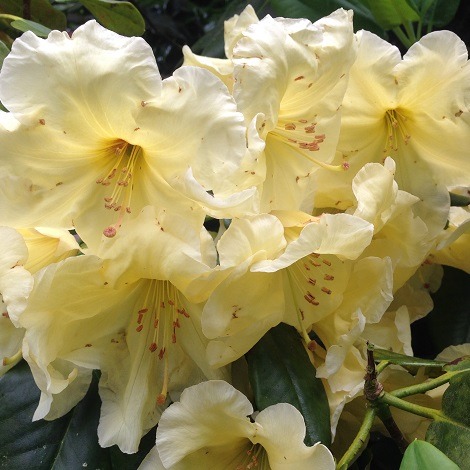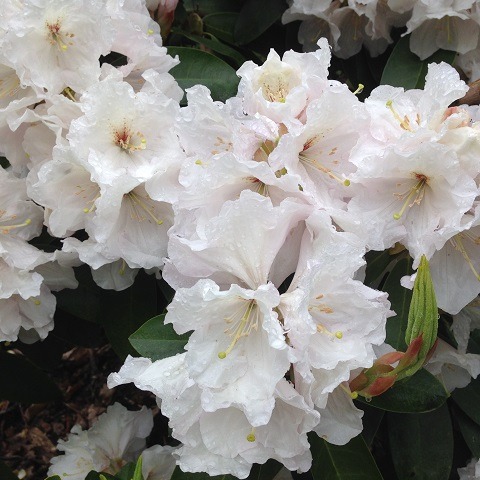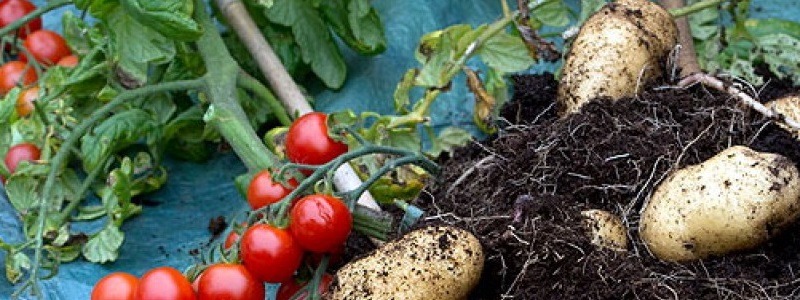Pansies, a short lived perennial, are members of the viola family. Pansies have the characteristic cat face markings on the flower’s five petals. Violas are the same flower without those markings. Pansies bloom from very early spring until the weather heats up in summer. The plant stops blooming but remains green. When the weather cools off again in the fall they resume blooming. Pansies are frost tolerant and will weather a late or early frost. Pansies require rich soil and a sunny location.
Pansies Types and Varieties..
Sorbet Pansies – The plants reach a foot across and 8 inches high. The flowers are the size of a teaspoon. According to Megan McConnell Hughes, in her article “Sweet Treats” Early Spring 2008 issue of “Country Gardens”, sorbet pansies don’t need to be deadheaded to continue blooming profusely. The spent blossoms drop off the plants. Colors include lemon chiffon with light yellow petals and brown markings, coconut swirl with white petals edged with purple. Orange duet mixes three orange petals backed by two purple petals. Blue heaven mixes three light purple petals edged with medium purple backed by two dark purple petals. Sorbet pansies are also available in dark burgundy mixed with yellow.
Johnny Jump-Ups – The plants are the same size as sorbet pansies but the flowers are half the size. When in full bloom the plant is literally covered with flowers. Johnny jump-ups are a lovely way to edge a spring flower bed. Colors include orange with purple, yellow with purple, light purple with dark purple and light yellow with dark yellow.
Icicle Pansies and Violas – These flowers are bred to be very winter hardy. The green leaves covered with snow or ice give the appearance the plant has died but it hasn’t. At the first breath of spring it will send up new leaves and begin flowering.
Swiss Mix Giant Pansies – The plants are from 8 to 12 inches and spread to 15 inches. The flowers are huge, for a pansy that is, reaching 2 to 2/12 inches across. They will survive a light frost but not a cold freeze. Plant them in the early fall if you live in a mild winter areas. Wait until spring if your winters are tough.





